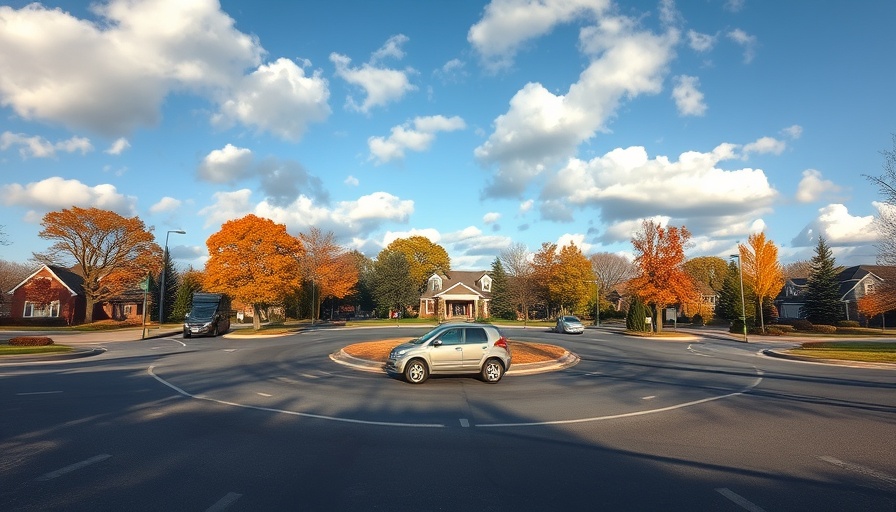
Understanding the Global Push for Hand Hygiene
Global Handwashing Day 2025 serves as a vital reminder of the significance of hand hygiene in our daily lives, especially in public spaces, workplaces, and healthcare facilities. It aims to raise awareness about how proper handwashing can prevent the spread of infectious diseases, a concern amplified by recent global health crises. For businesses, particularly in the commercial construction sector, enhancing hand hygiene practices is not just a health measure but a key factor in maintaining a thriving workplace culture and ensuring employee safety.
The Business Benefits of Hand Hygiene
Investing in hand hygiene can lead to significant business advantages. Health-conscious facilities witness not only a reduction in illness-related absenteeism among employees but also an uplift in overall productivity. For instance, organizations such as NHS England advocate for regular handwashing to mitigate the risks of infections like flu and COVID-19, highlighting how consistent hygiene practices protect both employees and clients alike. Protecting your workforce leads to cost savings in healthcare and improves morale, ultimately contributing to a more robust bottom line.
Practical Insights for Facilities Managers
For property developers and facility managers, integrating hand hygiene stations and promoting their use is essential in public spaces and workplaces. Simple measures, such as strategically placing hand sanitizers near entrances and in common areas, can facilitate compliance and encourage a culture of hygiene. According to the Pan American Health Organization (PAHO), effective hand hygiene practices are key to combating infections in both healthcare and community settings. This is an opportunity for businesses to showcase their commitment to employee and customer health.
Fostering a Culture of Hygiene in the Workplace
A successful hand hygiene initiative requires education and awareness. Managers should implement training that emphasizes the importance of handwashing and provides clear guidelines on when and how to wash hands. Engaging staff through workshops or informational campaigns can instill a sense of responsibility towards personal hygiene and community health. As exemplified by NHS campaigns, fostering a culture of hygiene contributes to the communal effort to reduce the spread of infection, ultimately benefiting everyone involved.
Future Trends in Hygiene Practices
As we look ahead, the construction and property management industries must adapt to evolving hygiene standards. The push towards sustainable and health-focused building designs includes features that support effective sanitation. In addition to handwashing stations, smart-building technologies are emerging, which monitor hygiene compliance, ensuring that facilities meet health standards. Such innovations align with the growing demand for safe, hygienic environments, thus paving the way for a healthier future.
Conclusion: Taking Action Towards Better Hygiene
On Global Handwashing Day and beyond, businesses should prioritize hand hygiene as an integral part of their operational strategies. By understanding the broader implications of hand hygiene, facility managers can lead the charge in establishing safer, healthier environments for their employees and customers. As you enhance your own hygiene practices, consider how you can contribute to this global movement—take the initiative to promote hand hygiene in your workplace today!
 Add Row
Add Row  Add
Add 




Write A Comment